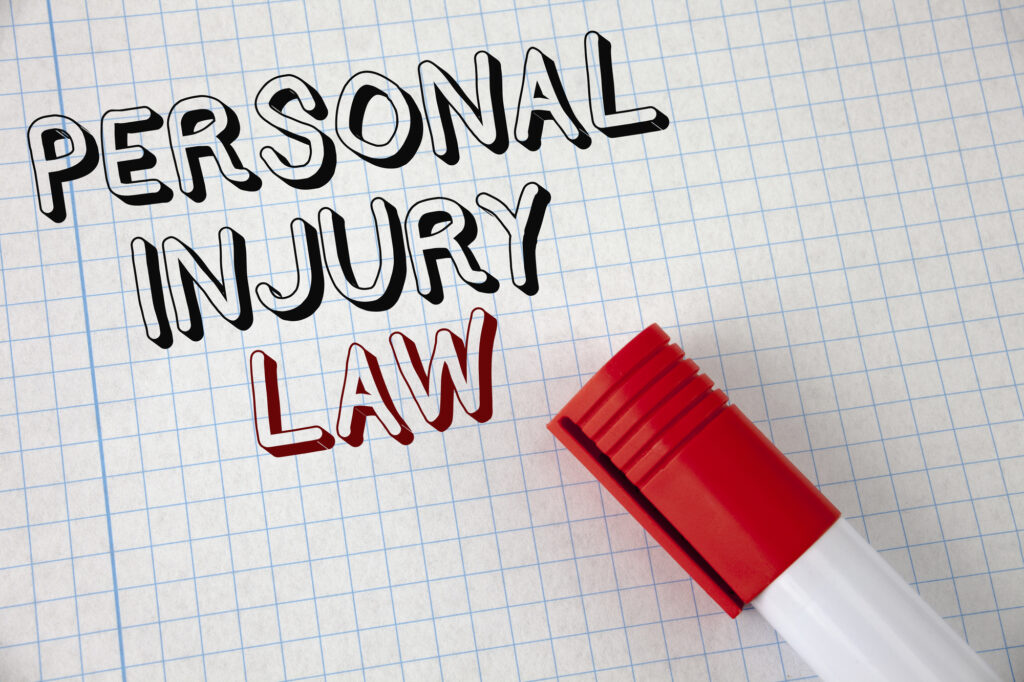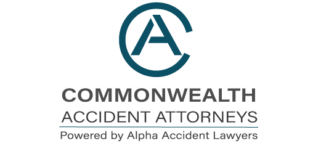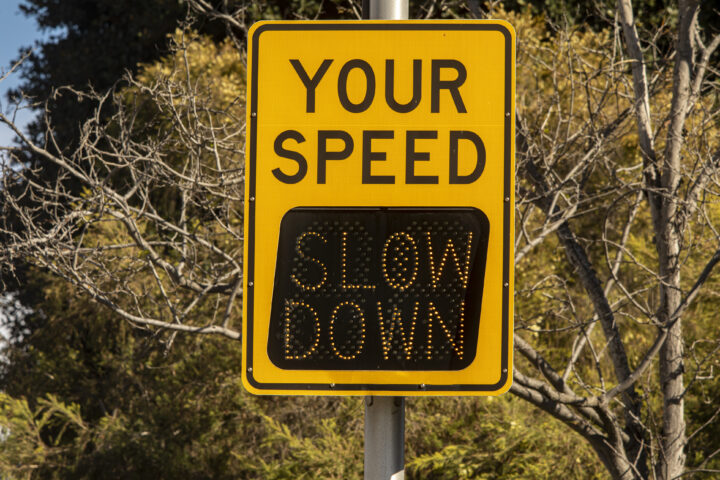6 Things You Should Know About Personal Injury Law in Fullerton, CA

With 42,290 total crashes recorded in California every year, car accidents form a large part of personal injury cases. Personal injury law plays a huge role in helping you seek damages for your injuries.
This civil lawsuit is filed when a person suffers harm or loss caused by another party’s negligent actions. The damages might be physical, emotional, psychological, or even financial.
California’s personal injury law is the legal framework used to impose civil liability for different types of injuries. If you are an injury victim, it is crucial to understand how this applies to your case to pursue justice accordingly. Here are six facets of this legal framework that you need to know.
1. The Statute of Limitations is 2 Years
The statute of limitations for a personal injury lawsuit in California is two years. As the injury victim, you have only two years from the date of sustaining an injury to file a lawsuit against the party that is at fault in court. The court will not hear your case after the two-year window elapses.
California Code of Civil Procedure section 335.1 outlines the statute of limitations for any personal injury claim filed in California including auto accidents due to negligence.
Certain special scenarios may affect the statute of limitations or extend the deadline. In particular, if you are making a claim against a county, city, or state government agency, you only have six months to file the claim. The law (code section 911.2) also requires you to adhere to strict procedural rules during the claims process.
2. California is a Pure Comparative Fault State
California’s comparative fault law (or comparative negligence law) governs personal injury claims. It states that injury victims can still seek compensation even when they are partly at fault for the accident.
Comparative negligence law divides fault between parties involved in a personal injury case. It reduces the plaintiff’s damages based on their degree of negligence in an accident. For instance, a party found to be 25 percent responsible for the accident will pay 25 percent of the damages.
Unlike the contributory negligence law, which bars plaintiffs from seeking compensation if they are 50 percent or more responsible, the comparative negligence law is quite lenient. However, it is the jury’s role to decide a plaintiff’s percentage of fault.
The comparative fault doctrine applies to most personal injury cases in California, including car and bicycle accidents. Other cases covered by this law include medical malpractice, product liability, slip, and fall accidents, and premises liability.
3. Recklessness is a High-Degree Culpability Than Negligence

California’s personal injury law considers recklessness a higher degree of culpability compared to negligence or gross negligence. However, it is a culpability of a lower degree than intentional wrongdoing.
A party may act recklessly when they knowingly disregard a potential risk. They may also act recklessly if they are certain that their conduct will result in harm. Recklessness does not relate to failing to observe precautions. Instead, it is the deliberate disregard that an injury to others will likely occur.
For instance, unlawfully passing another vehicle, operating a vehicle while intoxicated or speeding fall under reckless acts. Other examples of reckless driving include distracted driving and disregarding public safety.
4. Uninsured Drivers Can Not Recover Non-Economic Damages
Driving without insurance in California is considered an infraction that is punishable by fines and other state fees or assessments. Even more, California Civil Code section 3333.4 is strict on uninsured drivers in car accident cases.
This doctrine prevents them from seeking non-economic damages after sustaining an injury from an accident. Non-economic damages in a typical personal injury claim include inconvenience, pain and suffering, and emotional distress.
The only exception to this law is when the at-fault driver was driving while intoxicated with alcohol or drugs. If the at-fault driver has a DUI conviction in relation to the incident, there will also be an exception.
5. Exercising Duty of Care is Mandatory
While California does not have a legal definition for duty of care, you are legally obligated to exercise it. The California Supreme Court embraced the notion that exercising duty of care can help prevent foreseeable harm to other people if doing so is reasonable.
In some scenarios, the specific duty of care will depend on the local, state, or federal statute. For example, it is the legal duty of medical professionals to use reasonable knowledge, skill, and care to diagnose and treat illnesses/injuries. The legal obligation to exercise a duty of care is outlined in Civil Code section 1714(a) of California law.
6. The Tort Claims Act Protects the State Government from Liability
The Tort Claims Act of California helps protect the California state government from liability in personal injury cases. In particular, this law states that public entities are not liable for injuries caused by them or any of their employees. It gives them sovereign immunity against liability.
However, certain exceptions give injury victims limited opportunities to file an injury claim against a public entity. Code 815.2 (a) of California law states that public entities are only liable for an injury caused by their employee’s act or omission.
Need More Info on California’s Personal Injury Law?

California’s personal injury law is a point of reference when looking to impose liability for injuries caused by someone else’s intentional, reckless or intentional acts. Your personal injury lawyer can take you through the important facets of this legal framework.
Count on Commonwealth Accident Attorneys for top-notch representation for an auto accident case. With a lawyer on your case, you can seek medical attention for your injuries and file a claim for damages. Get a free consultation on a personal injury case today.



